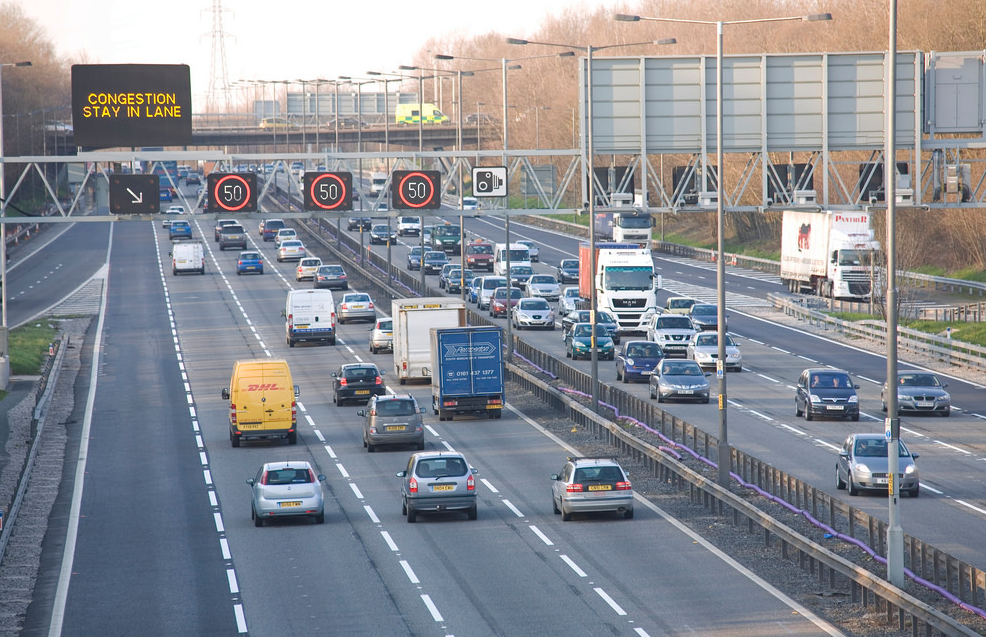13 June 2025
From rampant dangerous driving behaviours to misleading signage and deteriorating road conditions, a new AA survey* of over 14,000 drivers paints a stark picture of the challenges faced by motorists on the UK’s motorways. This highlights an urgent need for improvements in driver behaviour via education and enforcement, and the accuracy of motorway information.
Dangerous Driving Behaviours
Drivers are fed up with the reckless antics of others on the road. Middle lane hogging, reported by a staggering 88% of drivers, tops the list of dangerous behaviours, causing congestion and frustration. Equally alarming, 88% of drivers have seen vehicles tailgating dangerously close to the car in front, ramping up the risk of accidents.
It's important to note that some of these behaviours are not only dangerous but also illegal, with legal consequences such as fines and points on the driver's license.
“The prevalence of dangerous driving behaviours is alarming and highlights the need for stricter enforcement and better driver education.”
The survey also exposes critical safety concerns around seatbelt usage. Not wearing a seatbelt is not just risky—it's illegal and can lead to hefty fines and points on your license.
Misleading Signage
The survey revealed significant frustrations among drivers regarding the accuracy and reliability of motorway signage. 75% of drivers have encountered lane closure signs with no incident occurring when they passed the affected area. Additionally, 66% of drivers reported experiencing signs indicating congestion blockage, only to find no clear and obvious reason for the congestion when they passed the area.

Road Conditions
The survey reveals drivers' dissatisfaction with the state of the motorways. Complaints range from poor road markings to litter, congestion, lighting, and the quality of service areas.
Jack Cousens, Head of Roads Policy at the AA, said: "Statistics show that motorways are the safest type of road, there remain several reasons that need addressing to make them safer.
"The main focus should be on ourselves as drivers. Middle lane hogging and tailgating are everyday occurrences, while two thirds are spotted using a hand-held mobile phone at speeds around 70mph. The prevalence of dangerous driving behaviours is alarming and highlights the need for stricter enforcement and better driver education.
“Additionally, the high incidence of misleading signage, particularly around breakdowns and potential obstacles in the lane, alongside poor road conditions is a major frustration for drivers. Ensuring that motorway information is accurate and timely, and that road conditions are regularly maintained, is crucial for safety as well as improving the overall driving experience.
“The AA is committed to working with the relevant authorities to address these issues and enhance the reliability of motorway signage, as well as to promote safer driving practices and better road conditions across the UK."
* Yonder received 14,076 responses from AA members to its online poll between the 14th to 21st January 2025. Yonder is a member of the British Polling Council and abides by its rules.
